8 Ways Teachers Can Build School Culture with the Support of Their Principal
4/17/2018

What attracts teachers to specific schools? You will hear a myriad of responses, but most likely, it comes back to culture. Who wants to be in a school where the culture is toxic? You can walk into such a school and know that relationships, respect, and trust are not valued. Listening to the conversations by the students, teachers, and parents while in the school will tell you a lot about what they do value!
It is true that a positive culture starts at the top. It is modeled and discussed by administration and it trickles down to teachers and students, positive and negative. A principal can make or break a school with their philosophy and what they exude in every day conversations and actions. A great principal makes time for culture building activities with staff and students frequently.
When a principal tears down the culture of a school or does not know how to build it within their environment, teachers leaders can step up! Communication with administration is encouraged, but there are times a teacher leader can build a stronger culture in their school by starting with the students seated in front of them. Here are eight ways teacher leaders can help build a positive school culture when their principal cannot!
1 - Positive Behavior Interventions Supports
Positive Behavior Interventions Supports (PBIS) are great place to start when changing your focus from punitive consequences to positive behaviors. A great place to learn more about PBIS is the webs site: www.pbis.org.
The purposeof the PBISis to guide teachers, most successfully in leadership teams, of the assessment, development, and implementation of multi-tiered practices and systems of support for students. Level 1 is associated with a majority of the students (Universal Supports), while some students would receive Level 2 supports (Targeted), and only a few students would receive Level 3 supports (Intensive). Here is a diagram from www.pbis.org that explains this level of support.
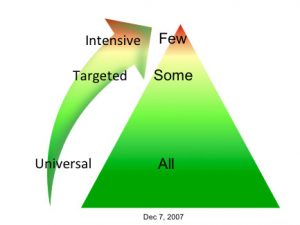
PBIS can be started at the classroom level. Teacher leaders, with permission from administration, may start implementing PBIS structures in their classroom. After such structures are up and running with success, the teacher may include a grade level team, cross grade level teachers, and hopefully the whole school. Though these interventions are intended to be implemented school-wide, teacher leaders can start in their classrooms!
By starting PBIS "grassroots," the data and success is more likely to be attractive to other teachers that would like the same results in their classroom. Here are seven great places to start as a teacher leader:
1) Creating a common language on behavior for all students.
-
- Positive behavior
- Negative behavior
2) Creating, teaching, and modeling common expectations.
-
- Gradual release of responsibility to become independent
- Strategies for dealing with trauma and anxiety
3) Teaching the difference between rules and procedures.
-
- Rules are the universal guidelines that carry out the spirit or culture of the classroom (usually fewer are better); when these are not followed a re-teaching, consequence, or restorative practice is initiated.
- Procedures are created for students be more productive, proficient, and effective; when these are not followed, it tells us more practice and teaching is needed, and not punishment.
4) Creating and teaching T-Charts or I-Charts
-
- T-Charts are created to teach students on what it "looks like" and "sounds likes" in common areas and other procedures.
- I-Charts are created to teach students independence on what it "looks like" and "sounds like" for students to be successful on one side, and what it looks like for the adults on the other side for common areas and other procedures (similar to the I-Charts developed in the Daily 5 Reading Structure).
5) Positive Recognition System
-
- Adults recognizing students
- Students recognizing students
- Students recognizing adults
6) Positive Rewards
-
- Intrinsic - Students work to earn intrinsic awards to better themselves.
- Extrinsic - Students work to earn extrinsic awards to better themselves.
2 - Staff Recognition
Teacher leaders can change a culture in a school by recognizing the hard work that other colleagues are doing on daily basis. This may come in several different forms of communication. The same concept applies when recognizing students' positive behaviors. If you believe that the more positive behavior is identified, labeled, discussed, and celebrated, most likely the stronger your school culture.
If staff recognition is the not the strong strategy of the principal, teacher leaders (with permission of course) can start a teacher recognition program. Here are five easy places to start:
- Write positive notes and read them at staff meetings (anonymous or not).
- Teachers that sub or cover for other teachers when absent.
- Teachers supporting other teachers when an emergency, sickness, or death in their family occurs.
- Teachers going above and beyond to cover a duty, complete an act of kindness, and more!
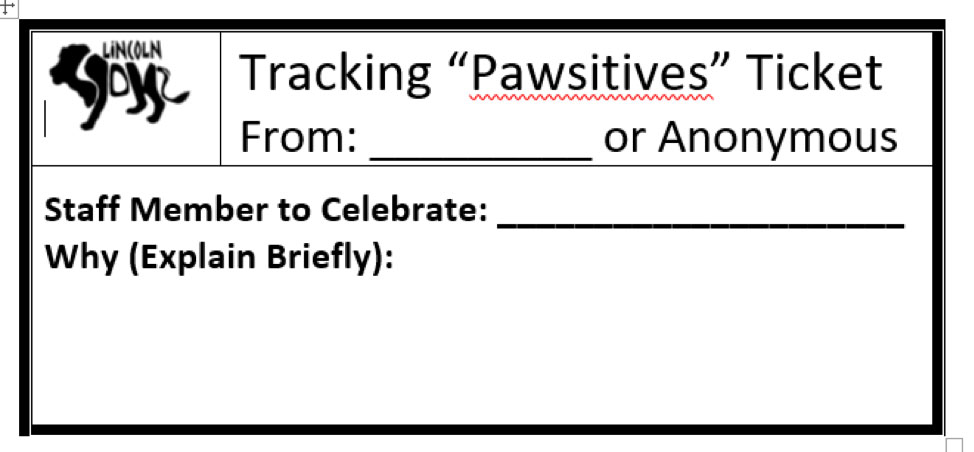
- Create a positive tree in the lounge (positive notes that form the leaves on the tree; watch the tree grow).
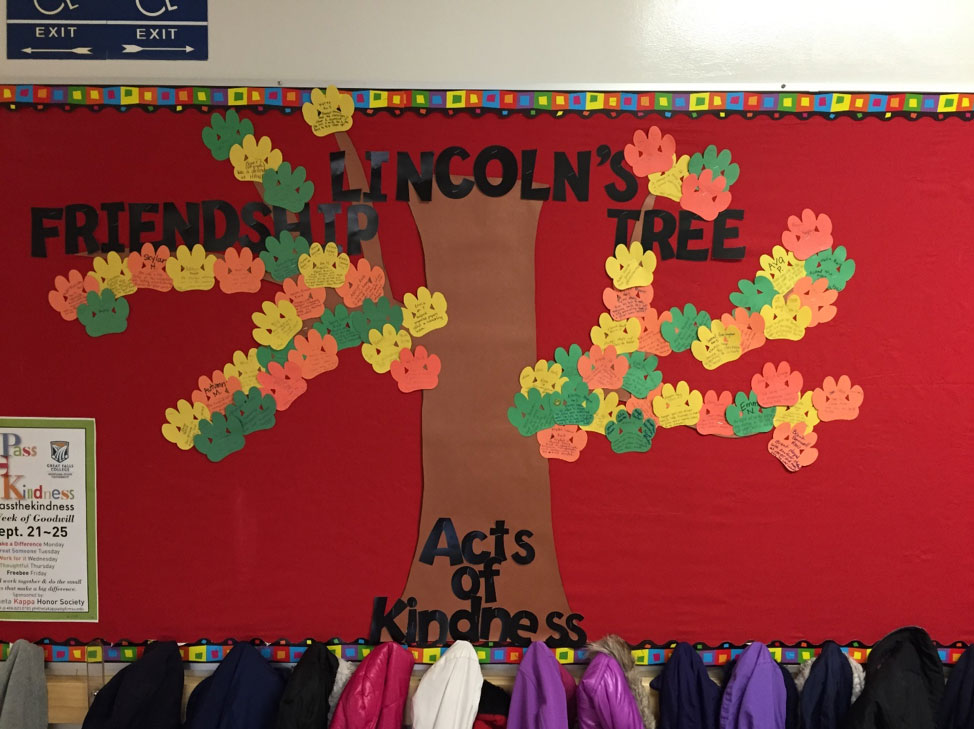
- Create a staff bingo game (create a large bingo board with positive culture practices; when a staff member completes a practice, the box gets marked; use a cool, fun prize for all staff for each bingo).
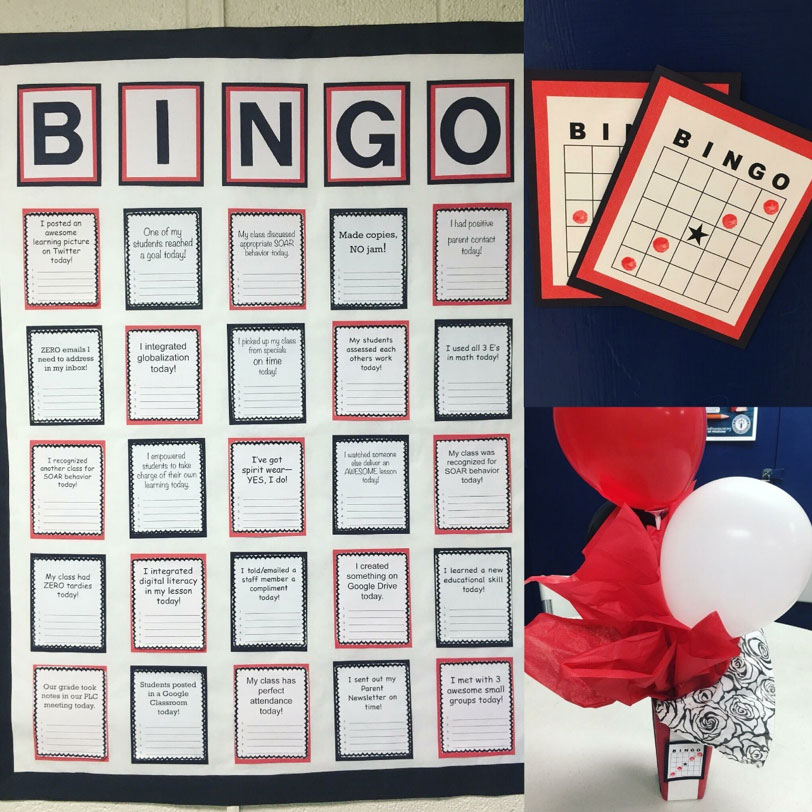
- Pad on the back (at a staff meeting, put a pad of paper on the back of every staff member; staff members have to go write a positive on each staff member's back).
- Start the "Fish Philosophy"like the Seattle Pike's Market (recognize staff members who exhibit the fish philosophy; have them wear beads).
- Present trophies each week to new staff members on exemplary qualities (Idea inspired by Anthony Mohammad;curriculum and instruction, student advocacy, collegial support, leadership, etc.; each week the winner must find someone else to pass the trophy to in order to keep this perpetual award going).
3 - Student Recognition
Similar to the staff recognition in number two above, recognizing students' positive behavior helps create a strong classroom and school culture. The saying goes, "Where you put your time in is what you will get out." If teacher leaders puts more time into positive behaviors, they are bound to get an increase in them in return.
Here are five quick strategies teachers can use in the classroom to recognize positive student behavior:
- Recognition Slips-- Recognizing students following the correct behavior each day at the beginning, all throughout the day, or end of the day (students can recognize other students, teacher can recognize students).

- Token Economy- Students earn a type of monetary token that can earn them extrinsic rewards.
- Positive Phone Call Home- Teacher or student calls home to tell parents about positive behaviors occurring.
- Mystery Motivator- Students earn a mystery-motivating prize after a specific amount of positive behaviors are recognized.
- 100s Chart- Students earn a spot on a 100s chart for doing a random act of kindness or following rules. Everyone in the given row of 10 (up/down or across) gets an extrinsic prize.
- Workshops- Workshops have been going on for decades and have been the most popular learning structure for teachers. Though this is often titled, "sit and get" PD, it still can be powerful.
- Book Clubs- Using a book to learn from supports building philosophy, common language, and implementing ideas among teachers.
- PLC's- With administrator's approval, teacher leaders can use professional learning community time to implement and build school culture.
- Social Media: Twitter Chat, Facebook Group, Voxer Group, etc.- Teacher leaders can create a social media group that generates ideas, tracks implementation progress, and discusses the results in changing school culture.
- Edcamp's- This grassroots movement has revolutionized PD opportunities. Teachers show up on a designated day and break into groups to study and learn from each other, as well as other resources, without a leader. This is the opposite as "sit and get" professional development. Teachers find and area they are interested in and want to learn more…in this fashion, teachers are getting what they want and need.
- Fill a specific need(s) over time (Some specific, some general).
- Frequency of communication (Some daily, weekly, or monthly depending on need).
- Formed a positive working relationship that is reciprocal (Why keep negative people in your PLN?).
- Learning How to Say No and Set Boundaries with Parents - November 21, 2022
- If You Had Only One Behavior Strategy to Use in Your Classroom, What Would It Be? - September 26, 2022
- Live Your Code: 7 Strategies That Will Help You Be the Most Effective Educator You Can Be - August 15, 2022
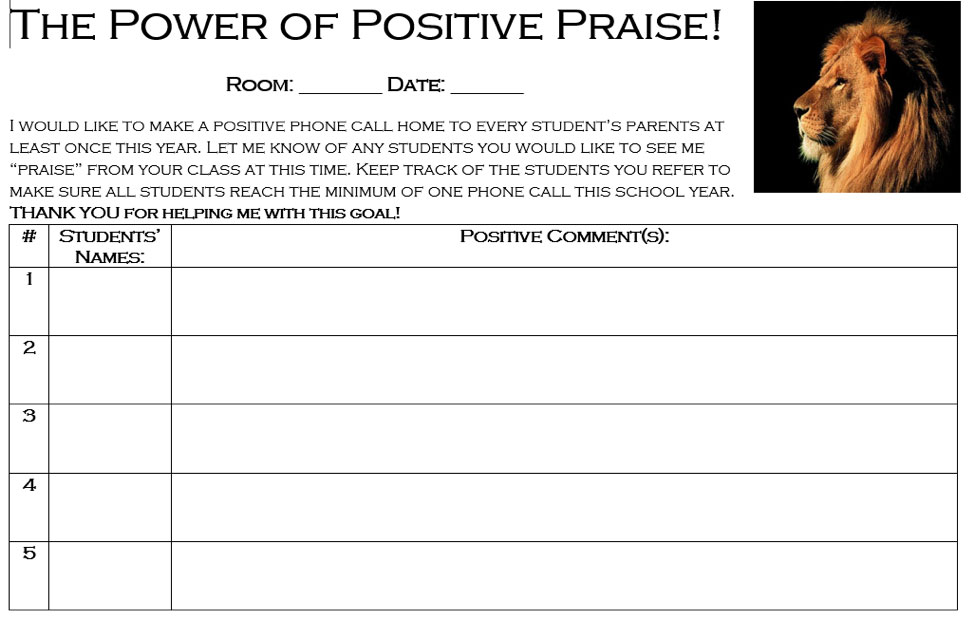
4 - Developing Common Language
Teacher leaders can create, teach, and promote a common language of positive and negative behaviors. The power of a common language is so students and parents understand the expectations and what happens when the expectations are not followed. The better they are constructed, the less problems teachers and students will have throughout the school year.
I-Charts and T-Charts are great place to start. Creating anchor charts that be used to teach, review, and re-teach common expectations give educators a more predictable outcome when implementing common language.
T-Charts have two columns of expectations: looks like, and sounds like. On the top of the T-Chart, write a title like "Hallways." Here is an example of a T-Chart for the hallways:
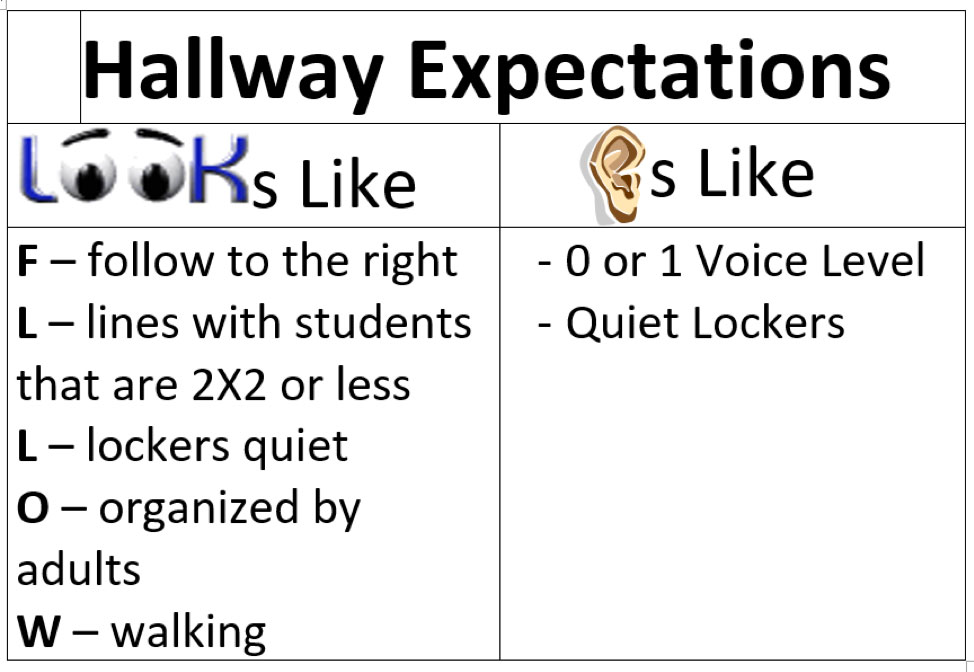
I-Charts have two columns of expectations: student expectations for independence (which includes looks like and sounds like), and teacher expectations (includes looks like and sounds like). Here is an example of an I-Chart for the hallways:
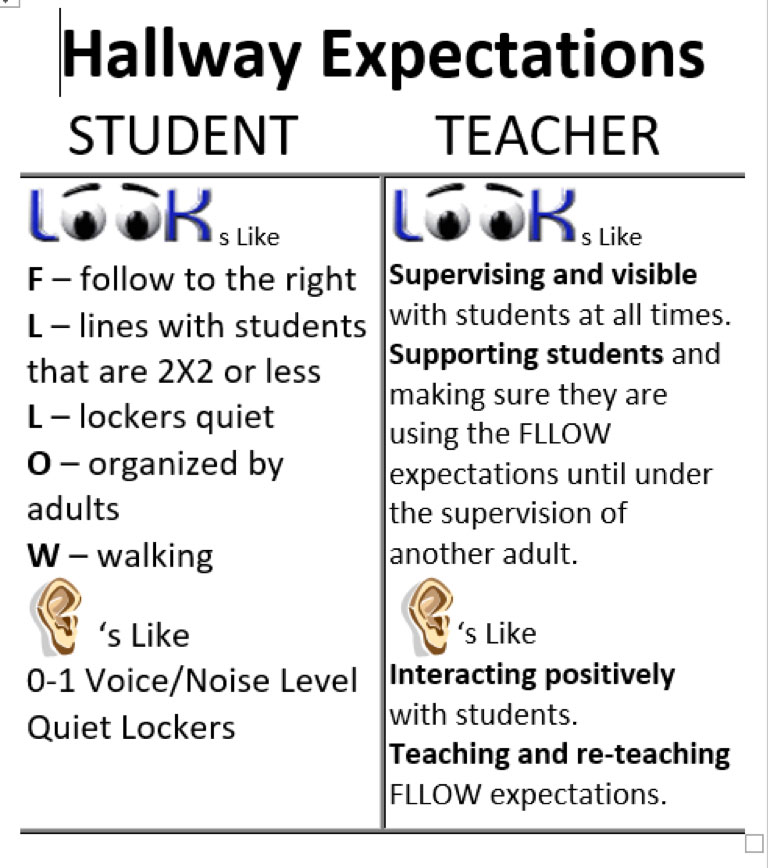
Teacher leaders can then take their successes with the implementation of these charts to other teachers and build a common language from the ground up. Getting administration support is key to the proper implementation and success, but if a principal is not strong in this area, teacher leaders can start!
5 - Providing PD Opportunities
If a principal is not strong with offering professional development opportunities, teacher leaders can provide it. Whether it is a formal professional development offering or an impromptu meeting, teacher leaders can spread knowledge that can catch fire. When other teachers see the progress, they too will want to know how they can share in this success.
Here are five ideas that teacher leaders can use to promote professional development that will inspire a positive school culture:
6 - Outside of School Gatherings
One of the quickest ways to build staff culture without a strong principal is to create friendships among the staff members. Find people who are like you and that have a passion for education. Meeting with staff outside of the school setting supports each other's mental welfare. When teachers only meet and discuss student progress and behavior, we miss another side of our colleagues. We want to be able to support them when they struggle. A great mantra for a school is "Make this a place where you want to work and learn." Teachers have a stake in the school culture and starts with them, even when the principal does not!
7 - Developing PLNs
As we push ourselves to become effective educators, we need to branch out to find specific people in other areas, our own strengths and weaknesses. This group of people can provide us with a multitude of ideas and strategies. A personal learning network (PLN) has become a popular concept among educators.
Teachers can find people that fill a need for a personal growth area. Many times these people are just as passionate about a topic as you are. This is a good start when developing your network. To determine if they should go into your PLN, use these three quick rules:
This is a great way to get ideas to build culture in your school as a teacher leader, especially when your principal cannot.
8 - Buddy Classrooms and Cross-Grade Level Teams
In the school setting, creating a community of learners should be a priority for students and staff. Teachers can build a strong school culture by creating teams across grade levels. "Buddy Classrooms" can create strong connections among older and younger students, as well as between teachers at different grade levels. The frequency and duration in which these classroom meetings occur also determines how strong the tie is between the students. The goal of the Buddy Classrooms is to create bonds between older students and younger students. The older students become role models for these younger students.
A teacher leader can first ask their principal for permission to start Buddy Classrooms. After other grade levels and teachers see the power and the culture change, more will want to participate. Here is an article that gives you 19 ideas when using Buddy Classrooms: The Power of Buddy Classrooms: 19 Ideas.
I found a great meme on Facebook that inspired me to write this blog. What do teachers do when their principals will not…?










